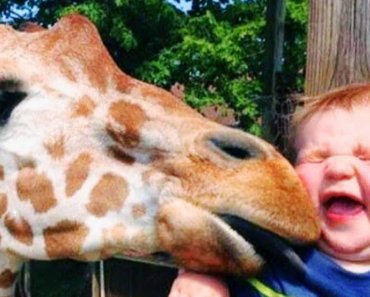View here on Youtube
Super Cute Animals – Funny and Cute Animal Videos Compilation (2018) Animales Adorables Video Recopilación | Animal Planet Videos
? Subscribe Here: https://goo.gl/qor4XN
2nd Channel Here: https://goo.gl/SCE4Z9
Animals are cute and funny. Animals are awesome. Check out these cute animals and funny animals in this cute and funny animal videos compilation.
Los animales son lindos y adorables. Los animales son increíbles. Vea esta divertida recopilación graciosa de vídeos de animales.
? VIDEO PLAYLISTS ?
CATS https://goo.gl/Fn5hjw
DOGS https://goo.gl/Ytjqj2
? OWLS https://goo.gl/hdMX44
PANDAS https://goo.gl/VvSvW7
TURTLES https://goo.gl/ZZeD4W
ANIMALS https://goo.gl/UzfEuX
PARROTS https://goo.gl/8P8m9v
? REPTILES https://goo.gl/B1mNe9
MINI PIGS https://goo.gl/HooE6u
MONKEYS https://goo.gl/ysT6w5
? HEDGEHOG https://goo.gl/AM4JvA
RACCOONS https://goo.gl/39tNed
OCEAN LIFE https://goo.gl/q8izcp
GUINEA PIGS https://goo.gl/rtVDkv
BABY ANIMALS https://goo.gl/At6vs2
? WILD ANIMALS https://goo.gl/25ZbvD
NATURE IS AWESOME https://goo.gl/ViLfFF
ANIMALS DOING THINGS https://goo.gl/ea14Rn
Animals are multicellular, eukaryotic organisms of the kingdom Animalia (also called Metazoa). The animal kingdom emerged as a clade within Apoikozoa as the sister group to the choanoflagellates. Animals are motile, meaning they can move spontaneously and independently at some point in their lives. Their body plan eventually becomes fixed as they develop, although some undergo a process of metamorphosis later in their lives. All animals are heterotrophs: they must ingest other organisms or their products for sustenance.
Most known animal phyla appeared in the fossil record as marine species during the Cambrian explosion, about 542 million years ago. Animals can be divided broadly into vertebrates and invertebrates. Vertebrates have a backbone or spine (vertebral column), and amount to less than five percent of all described animal species. They include fish, amphibians, reptiles, birds and mammals. The remaining animals are the invertebrates, which lack a backbone. These include molluscs (clams, oysters, octopuses, squid, snails); arthropods (millipedes, centipedes, insects, spiders, scorpions, crabs, lobsters, shrimp); annelids (earthworms, leeches), nematodes (filarial worms, hookworms), flatworms (tapeworms, liver flukes), cnidarians (jellyfish, sea anemones, corals), ctenophores (comb jellies), and sponges. The study of animals is called zoology.


























